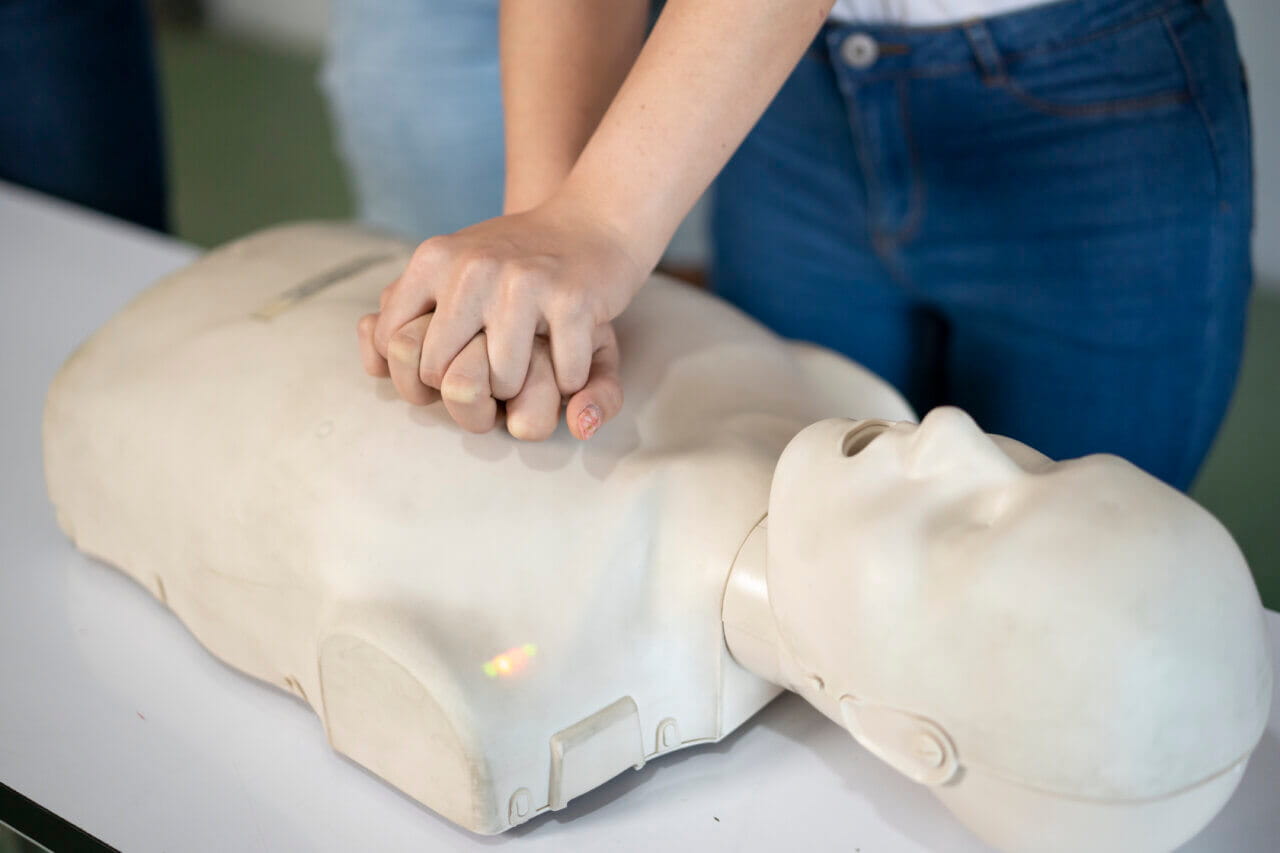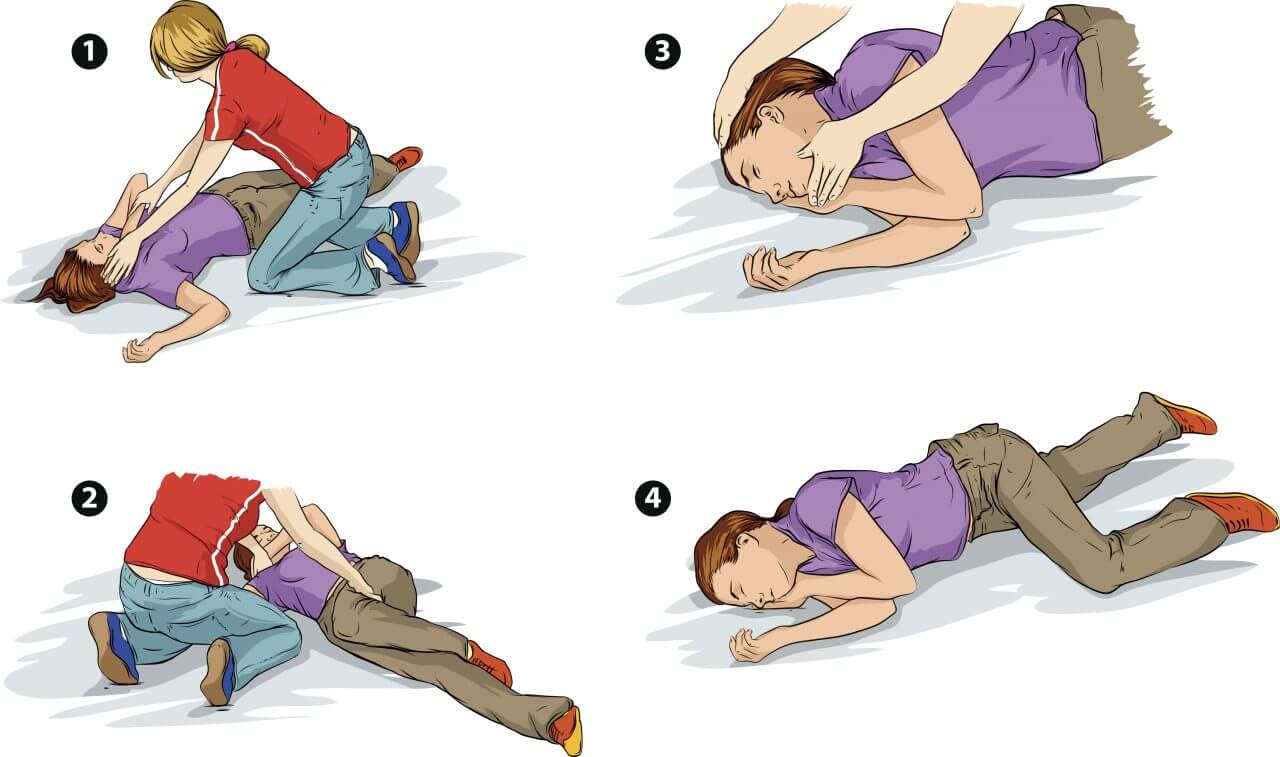Hands-Only CPR and When to Use It

Experts say most people who survive a cardiac emergency are helped by bystanders. However, witnessing this type of incident is shocking. Out of fear, they won’t provide cardiopulmonary resuscitation (CPR) properly, or concern about giving mouth-to-mouth resuscitation, some people are hesitant to provide aid. This is unfortunate since the American Heart Association says immediate CPR can double or even triple a person’s odds of survival.
Performing Hands-Only CPR
Hands-only CPR is effective, does not involve mouth-to-mouth contact and is easy to learn. If you see someone collapse and lose consciousness, take the following steps:
- Ensure there are no hazards that will put you in danger if you approach the person.
- Tap the person on the shoulder and shout, “Are you OK?”
- Briefly look for signs they are breathing. If it seems they are not breathing, or if they are gasping for breath, call 9-1-1 or have another bystander do so.
- Kneel next to the victim and roll them onto their back.
- Put the heel of one hand in the center of their chest, put your second hand over the first and lace your fingers together.
- Position yourself with your shoulders directly over your hands, arms straight and fingers raised off the person’s chest.
- Push hard and fast, compressing the chest at least two inches at a rate of 100-120 beats per minute (see below). Let the chest rise between compressions, but don’t take your hands off the chest.
- Continue with compressions until one of the following occurs:
- You see signs of lifelike breathing
- The situation becomes unsafe
- An automated external defibrillator (AED) is ready
- You are too exhausted to continue
- A trained responder takes over
Whenever possible, use disposable gloves when aiding someone in an emergency.
The Right Rhythm for Life-Saving CPR
Knowing how to deliver the right number of compressions when administering CPR can be difficult for those who have never or rarely done so — which is most people. Having a song with the right rhythm in your head can help. Tunes like “Stayin’ Alive” by the Bee Gees, “Sweet Home Alabama” by Lynyrd Skynyrd and “Man in the Mirror” by Michael Jackson are just some that have the right tempo. Check out our Spotify playlist for more options.
Even if you do not use the optimal compression rate or perfect technique, taking action is always preferable to inaction. Your help can greatly increase a person’s chances of surviving a cardiac emergency. There are many resources available online and in classroom settings for learning CPR and other first aid measures.
Why Should I Learn CPR?
CPR training is not just for healthcare workers and emergency responders. In fact, chances of cardiac arrest survival increase significantly when bystanders take proper action. Knowing how to help out when a person’s heart or breathing stops can help save a life!
The American Red Cross offers a variety of classes to arm you with the skills you need to help out in a dire situation. Check out their offerings here.



